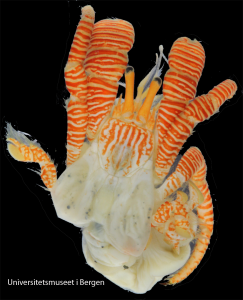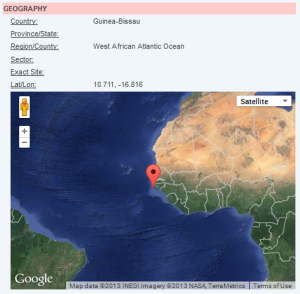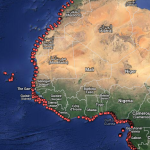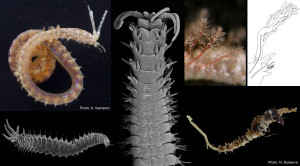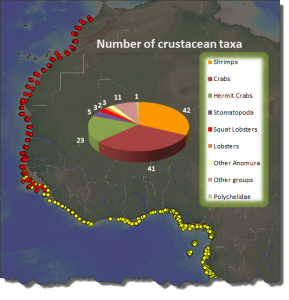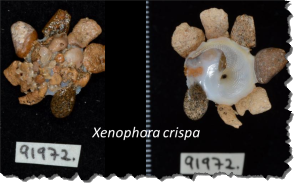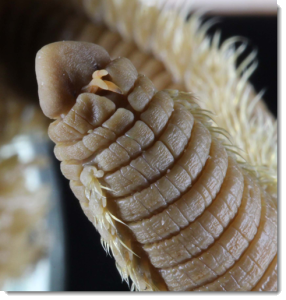I just photographed some specimens from the family Scyllaridae, and they are such funny looking critters that I decide to share them on the blog. The Scyllaridae are found in all warm oceans and seas, and typically live from shallow water and down to depths of about 500 m (according to Wikipedia).
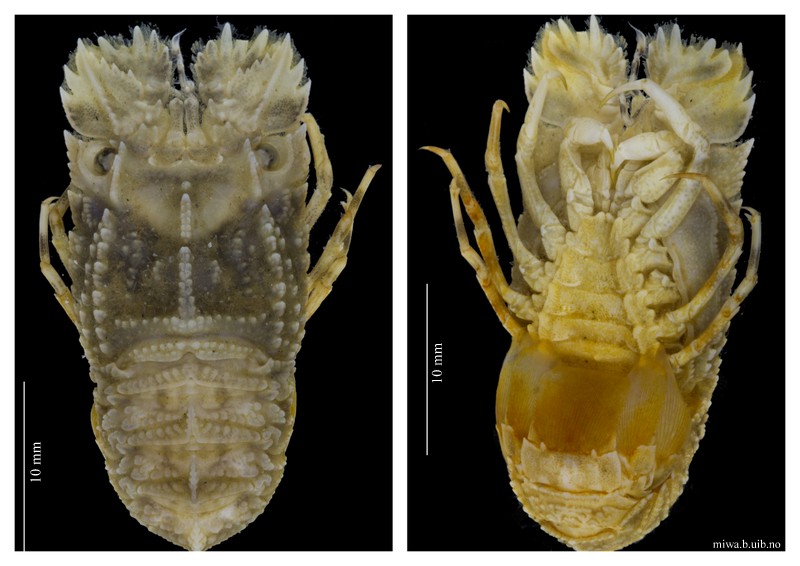
Scyllarus carpati from Mauritania
Pictured is a Scyllarus carpati from Mauritania, collected by sledge at 100 meters.
If you click here, you can se the distribution of the species, as well as its IUCN Red List status. We will take tissue samples from this specimen and send it for COI DNA barcoding, which will be incorporated in the BOLD database. There are records of specimens from the same genus recorded in BOLD already, but none of this particular species, as you can see if you search for Scyllarus carpati here.
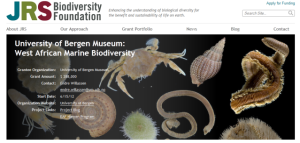 JRS is supporting biodiversity research projects and training particularly in developing countries. JRS is a very important sponsor of the MIWA project. JRS grantees have separate web pages in the presentation of the grant portfolio.
JRS is supporting biodiversity research projects and training particularly in developing countries. JRS is a very important sponsor of the MIWA project. JRS grantees have separate web pages in the presentation of the grant portfolio.
